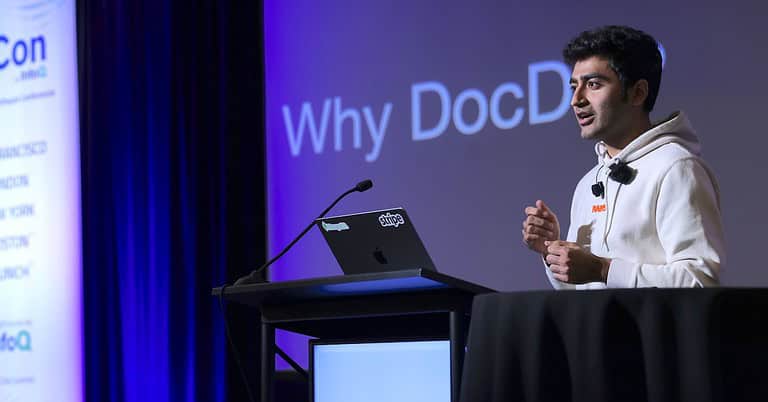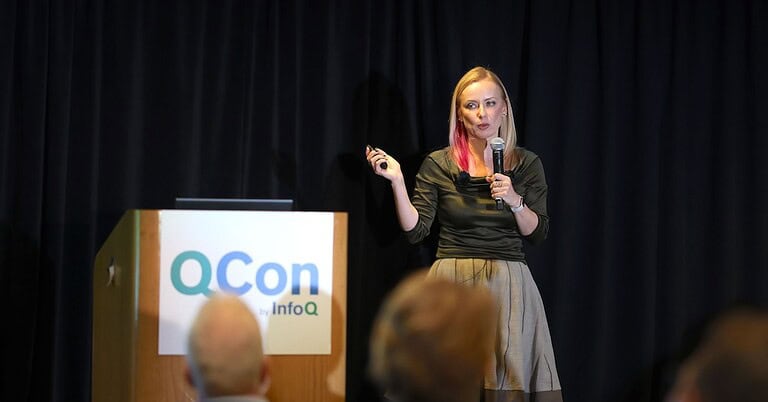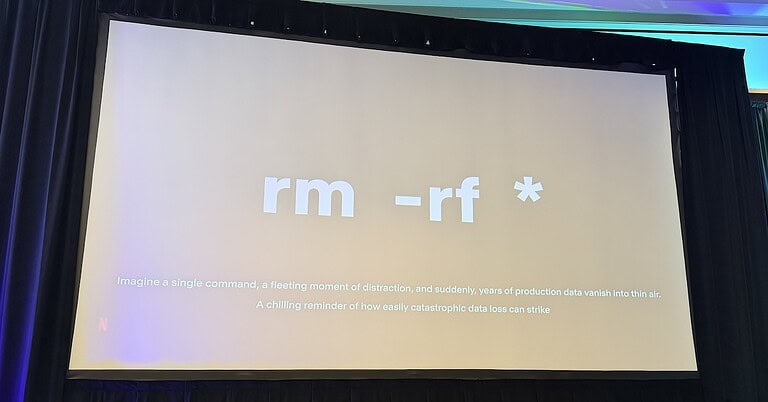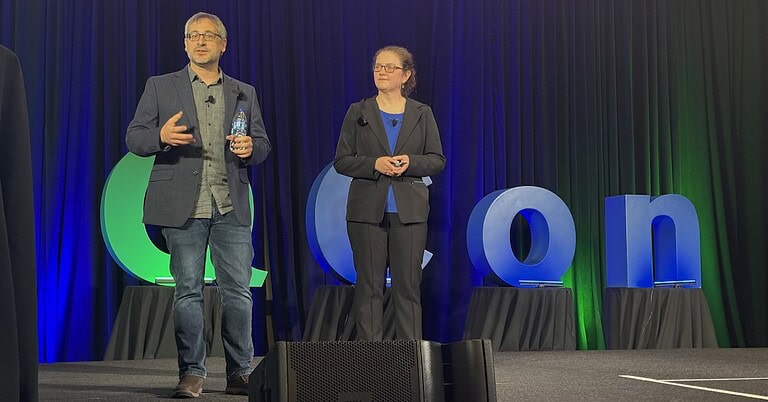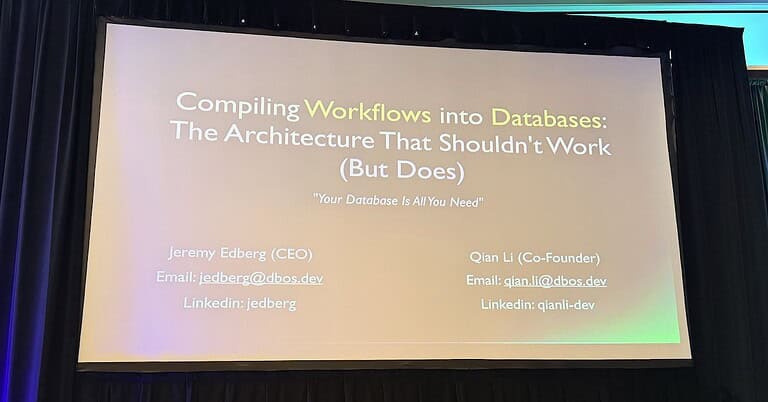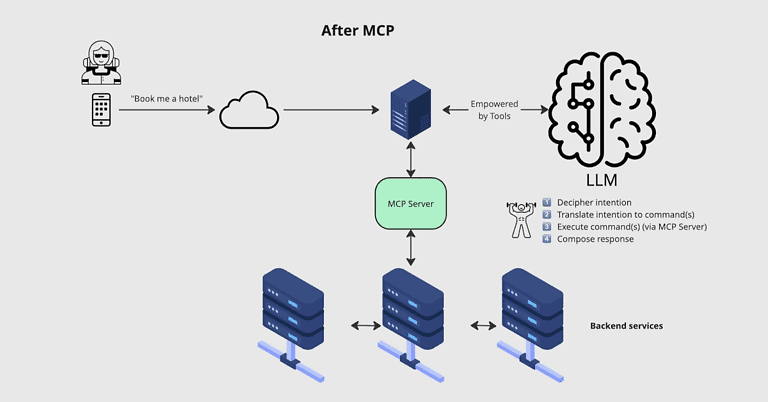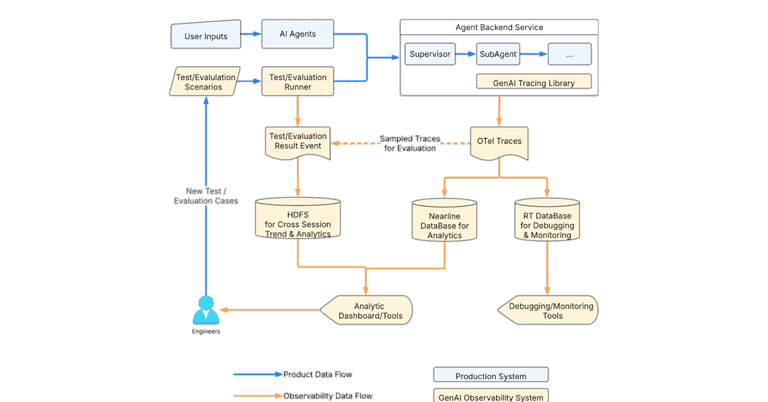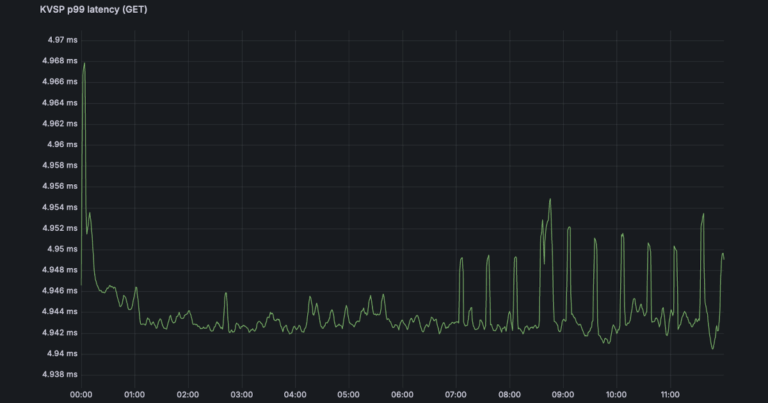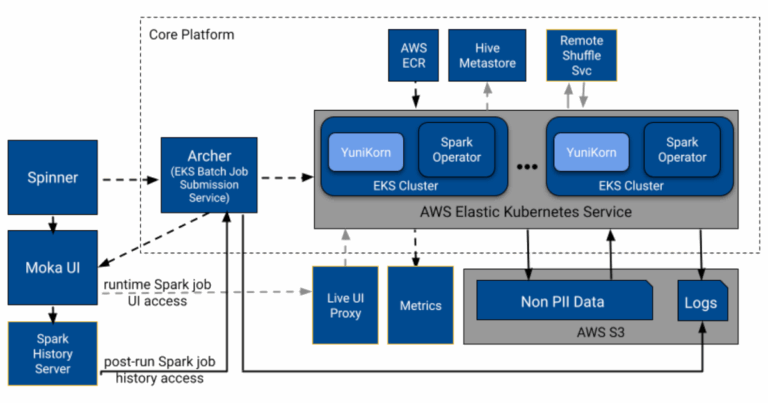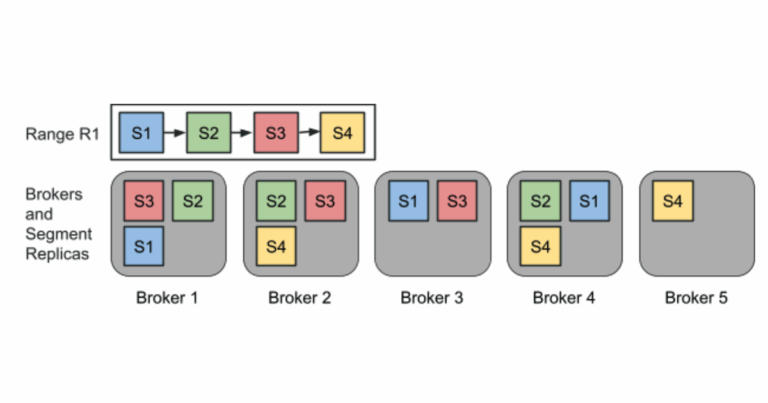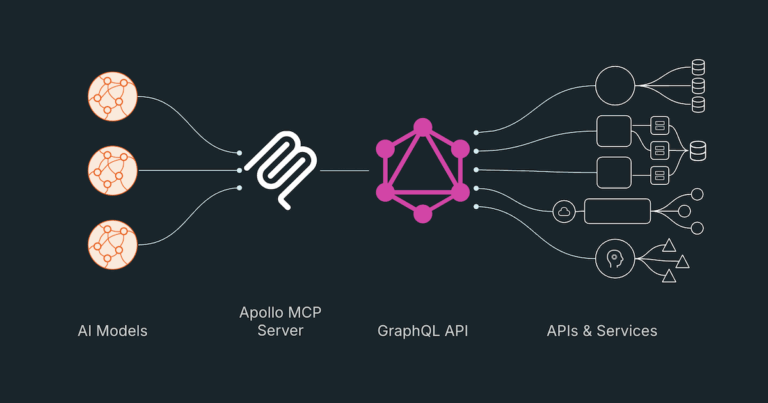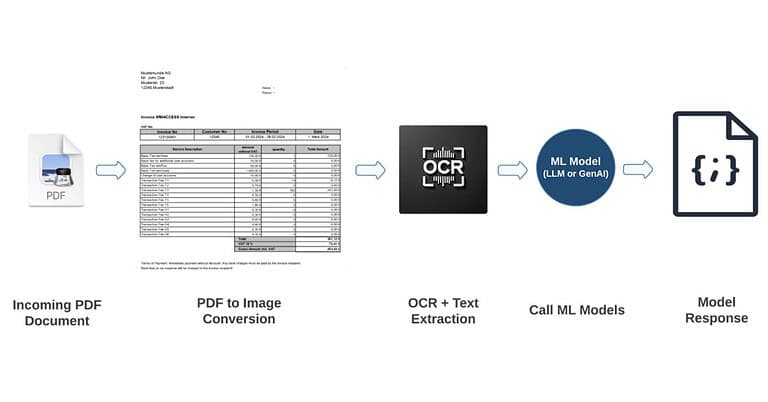Stripe’s Zero-Downtime Data Movement Platform Migrates Petabytes with Millisecond Traffic Switches
At QCon SF, a Stripe engineer presented the company’s Zero-Downtime Data Movement Platform, a system enabling petabyte-scale database migrations with traffic switches that typically complete in milliseconds. The platform supports Stripe’s infrastructure, handling 5 million database queries per second while maintaining 99.9995% reliability for $1.4 trillion in annual transactions. Read more on InfoQ

